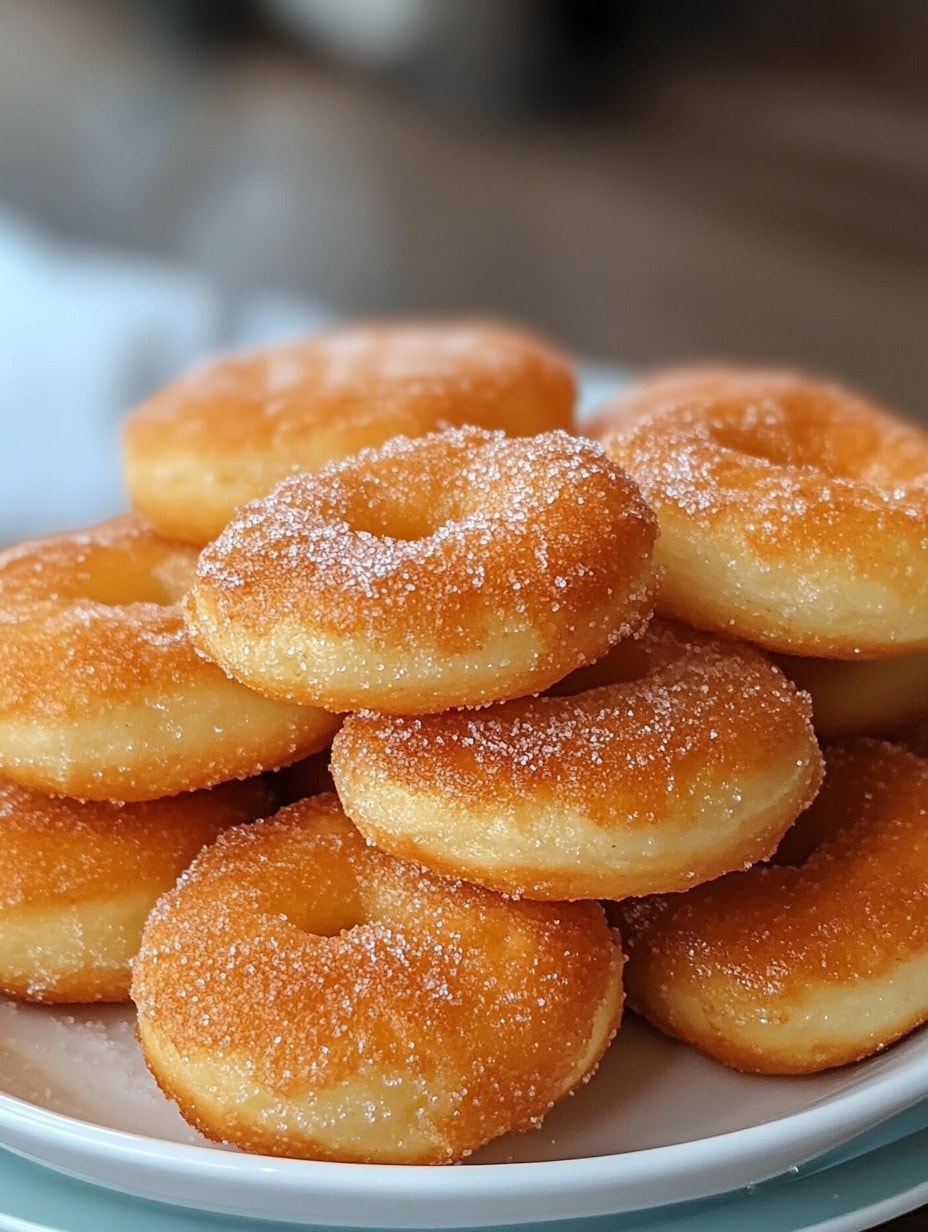ADVERTISEMENT
# The Ultimate Guide to Sugar-Coated Yeast Donuts: A Delicious Journey into Sweetness
### Introduction: The Irresistible Allure of Donuts
Few baked goods can rival the comfort, warmth, and universal appeal of a freshly made donut. The soft, pillowy texture, the sweet glaze or sugar coating, and the delightful aroma wafting through the air—it’s a treat that can transport you to a simpler time, often accompanied by warm memories of childhood mornings or cozy coffee shop visits. Donuts have earned their place in the hearts of people worldwide, becoming a beloved breakfast treat, a celebratory dessert, and even a cultural icon. Among the many varieties of donuts, **sugar-coated yeast donuts** hold a special place. With their airy, tender crumb and sugary exterior, they are a true indulgence.
In this article, we will take you on a journey to explore the art of making **sugar-coated yeast donuts**. From understanding the history behind these delightful pastries to breaking down the essential ingredients, step-by-step instructions, and tips for perfecting your donuts, this guide will help you create mouth-watering donuts in your own kitchen. Whether you’re an experienced baker or someone looking to try their hand at donut-making for the first time, you will find everything you need to know to create these sugary, pillowy treats.
—
## The History of Donuts: From Humble Beginnings to Global Delight
### A Brief History of Donuts
The origin of the **donut** (or **doughnut**, depending on your preference) is a subject of much debate, but most historians agree that the treat has roots that go back several centuries. Some claim that donuts date as far back as the 15th century in Europe, while others trace their origins to Dutch settlers in America.
In its earliest form, donuts were little more than fried dough, sometimes with spices or fruit added. The traditional **yeast donut**—the kind we will focus on in this recipe—became popular in the early 20th century, with the rise of modern baking techniques. These donuts are leavened with **yeast**, giving them their soft, airy texture.
In 1938, the invention of the **donut machine** revolutionized the industry, making donuts more easily accessible and allowing them to be mass-produced. This invention helped solidify the donut as a cultural staple, particularly in the United States, where donuts became synonymous with coffee shops and quick breakfasts.
Today, donuts come in an endless variety of shapes, flavors, and toppings, from glazed and powdered to filled and chocolate-dipped. But no matter how they’re served, one thing remains constant: **sugar-coated yeast donuts** continue to be a favorite among donut enthusiasts.
### The Charm of Yeast Donuts
Among the many types of donuts, **yeast donuts** stand out because of their light, fluffy texture. Unlike their cake donut counterparts, which rely on baking powder or baking soda as leavening agents, yeast donuts use yeast to rise. This yeast gives them their distinctive **chewy yet airy texture**, which is the hallmark of a perfect yeast donut.
When you bite into a well-made yeast donut, you’re met with a soft, pillowy crumb that is slightly stretchy but tender, thanks to the fermentation process. The yeast imparts a slight tang to the donut’s flavor, balancing the sweetness of the sugar coating and enhancing the overall taste experience. Whether filled with cream, jam, or enjoyed plain with a generous dusting of sugar, yeast donuts are a true indulgence.
—
## The Essential Ingredients for Sugar-Coated Yeast Donuts
Making **sugar-coated yeast donuts** requires a few basic ingredients, each playing a specific role in creating that perfect donut texture and flavor. Let’s break down each component:
### 1. **Yeast**
The key ingredient in any **yeast donut** is, of course, the **yeast**. Yeast is a living organism that ferments the dough, causing it to rise and develop that airy, light texture. There are two main types of yeast used in baking: **active dry yeast** and **instant yeast**. Both types work well for this recipe, but **instant yeast** is the preferred choice for many bakers because it doesn’t need to be activated in water before use, making the process quicker.
For Complete Cooking STEPS Please Head On Over To Next Page Or Open button (>) and don’t forget to SHARE with your Facebook friends
